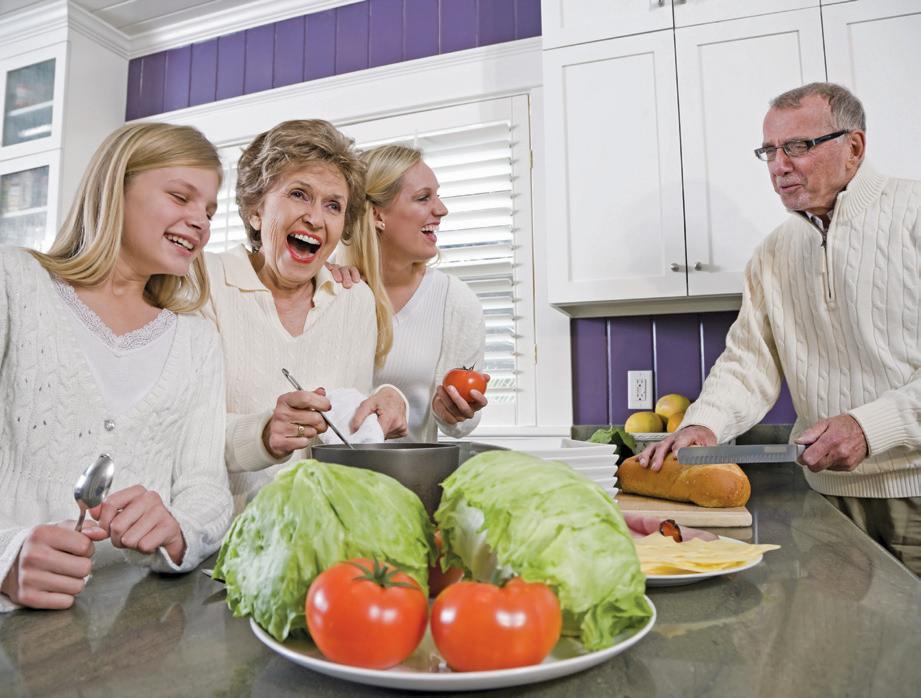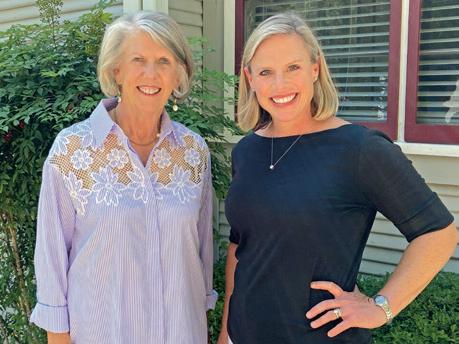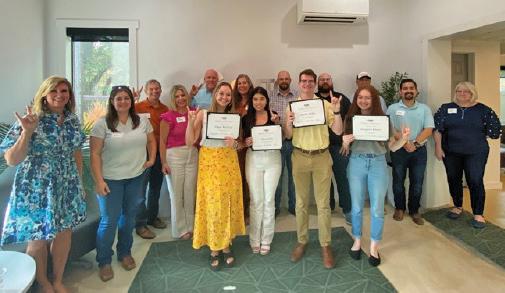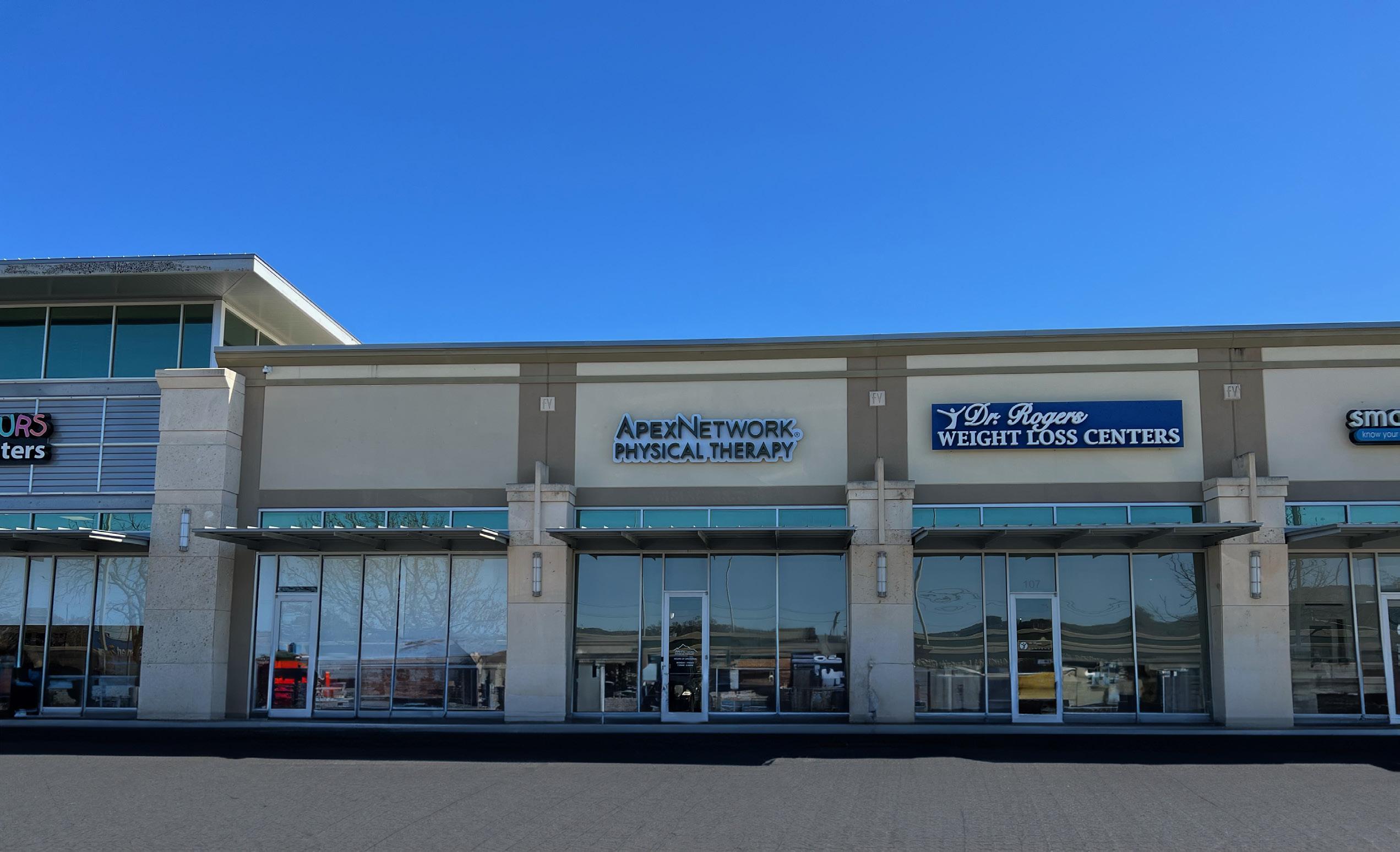
3 minute read
MULTI-GENERATIONAL HOUSING
DDuring the Covid-19 pandemic, multi-generational housing purchases rose from 11% to 15% and then slowly dropped back to the 11% range. However, during the period ending in June of 2022, multigenerational purchases rose to 14% and continue to climb - with inflationary costs of living and rising home prices. Pew Research defines multi-generational living as having at least two generations of adults under one roof. Some statistics say many adults prefer multigenerational living with economic factors and cultural background being the main drivers.
This trend will impact both the sale and rental of existing properties as well as what is being built or remodeled to meet future demand. Those who develop multigenerational communities need to consider an infrastructure where "8 through 80" can thrive. AARP quotes that by 2034, for the first time in US history, we will have more people over 65 than under 18. Most communities will house people of all ages. Accessory dwelling units - what we call "guest houses" - senior living spaces and adaptable single-family homes will be part of a multi-generational community.

While community planners have usually focused on the needs of younger families - i.e. placing schools and recreation within a development, they now may need to focus on adult day care centers, duplexes and cottage courts as part of their master plan, as well as platting large enough lots to allow for accessory dwellings.
Multi-generational homes must be able to adapt over time - as children grow and move away, parents pass on, and grown children may boomerang. A versatile structure would contain a main dwelling for the core family unit, a wing for the grandparents and a third unit perhaps over the garage to boomerang kids or to rent out. It would also be designed to have shared outdoor living space with privacy.
The cottage concept would provide each generation with an individual space in close proximity as well as shared community space. Duplexes would provide proximity without limiting privacy. Neighborhood design would ideally include proximity to grocery stores, offices and shopping.
According to a National Association of Realtors survey, 15% of first time home buyers with a median age of 36 purchased a multi-generational home for the following reasons:

• Cost savings
• Ability to purchase a larger home on multiple incomes
• Children over 18 haven't left home
14% of repeat buyers with a median age of 59 purchased a multi-generational home for the following reasons:
• Adult Children boomerang back
• Caretaking of aging parents
• Able to purchase a larger home on multiple incomes
Both groups also cited being able to spend more time with aging relatives as a factor in their purchase.
If you need guidance in any real estate transaction, Hill Country Home and Land can provide knowledge and expertise for any type of sale or purchase. BBM
Open Sundays

Delivery Available

The Boerne Kendall County Economic Development Corporation (BKCEDC) sponsored Kendall County’s participation in the Home to Texas Program. Four University of Texas students from Kendall County returned to their home community to complete an internship.

“Home to Texas™ is a scholarship-funded summer program affiliated with the University of Texas at Austin that connects first-year students with internship and research opportunities in their hometown communities.

Many students from small or rural communities come to UT Austin; however, few return to their hometowns after graduation. As a result, many Texas communities lose a significant talent base of future professionals and leaders. In response to this emigration of talent, the School of Undergraduate Studies and Texas Career Engagement have partnered to host the Home to Texas program (an initiative started by IC2 Institute). Undergraduate student participants return to their hometowns after their first year at UT Austin to complete a full-time summer internship and to engage in community research. The goals of this program are three-fold: to develop a strong professional foundation early during the student’s UT experience, to build connections for a potential future in the student’s home community, and to help prepare the next generation of community leaders.
This summer, Schneider Engineering, Connexa, Agave Design Studio, Fulcrum Construction TX, and Das GreenHaus, Kendall County’s first business incubator, all hosted interns from the program.
The BKCEDC held a reception to recognize the students and employers who participated in this year’s program at Das GreenHaus and were joined by representatives of the program including Dr. Brent Iverson, of UT Austin. Amy Story, President/CEO of the BKCEDC stated, “Our participation in this program is critical in our efforts to bring back the talent that leaves our community for higher educational opportunities and enables us to show them that many strong career possibilities exist in their hometown.”
The BKCEDC is a 501(c)(6) public, private not-for profit membership organization whose mission is “to promote business opportunities that will strengthen and grow a vibrant and diverse economic future for Kendall County.”
















